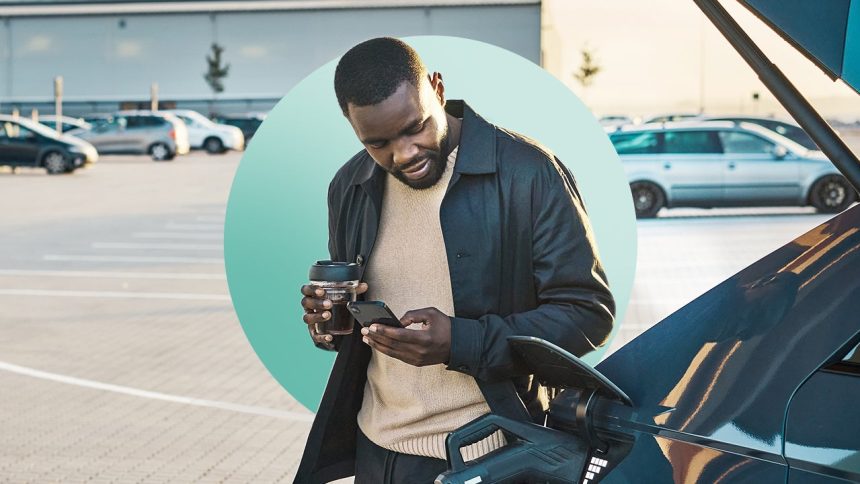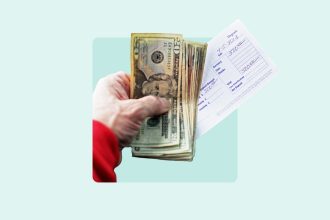It’s no secret that insurance companies are raising rates faster and higher than ever. But now, as 2025 rolls past its halfway mark, experts are noting a new trend from insurance customers: unprecedented rates of insurance shopping. In 2024, over half of the U.S. shopped for new car insurance, home insurance or both.
But it’s not just that more people are shopping for insurance — insurance experts are especially interested in who is shopping. While it’s common for younger policyholders, auto-only shoppers or lower-income households to shop frequently for better rates, 2024 saw record rates of shopping by high-value, traditionally loyal customers with bundled policies.
Over half of U.S. insurance customers shopped for a new policy last year
According to J.D. Power’s 2025 U.S. Insurance Shopping Study, a record 57 percent of U.S. insurance customers shopped for a new policy in 2024, up from just 49 percent the previous year. That’s an all-time high since the study launched 19 years ago. This unprecedented shopping rate coincides with a steep increase in the overall cost of car insurance, with drivers paying an average of 12 percent more at the start of 2025 than they did in January 2024.
More shoppers create stronger incentives for insurance companies to attract new customers — through refreshed ad campaigns, improved service and competitive rates.
Bundlers are more likely to shop and switch companies
Out of the thousands of customers shopping for home and auto insurance, experts are particularly interested in one group of policyholders: those seeking bundles.
“Bundling auto and home policies has traditionally provided benefits to both consumers and insurers,” says Stephen Crewdson, managing director for Global Insurance Intelligence at J.D. Power. While customers benefit from bundling discounts, “insurers benefit from increased loyalty and retention from bundled customers, which means a longer relationship with the customer and hence, more revenue.”
But now, those loyal, valuable customers are shopping — and switching — at higher rates than in the past. J.D. Power’s shopping study found that one-third of customers shopping in 2024 were seeking auto and home insurance bundles.
Why are these historically loyal customers seeking greener pastures now? Crewdson says that it may be a delayed reaction to premium increases. While less affluent shoppers tended to respond more quickly to rate hikes by searching for price relief, many bundled customers seemed to have weathered rising rates for a year or two before deciding the discount or convenience was no longer worth the cost.
We sometimes use the metaphor here of the concept from physics of inertia. An object with more inertia takes more force to get it to move. But you can eventually get it to move, right? I think that’s what’s happening with the higher-value customers.
— Stephen Crewdson
Managing Director for Global Insurance Intelligence, J.D. Power
Rising home insurance rates drive uptick in shopping
One force breaking through the bundled inertia is a spike in home insurance prices, including in states usually seen as “low risk.” With insurance companies struggling to absorb the high cost of losses in disaster-prone states like California and Florida, even homeowners in states without a significant history of natural disasters are seeing larger increases in their insurance premiums.
For some homeowners, the rate increase may be as low as 5 or 10 percent. But others saw rate increases of 40 percent or higher in 2024 — more than enough to outweigh the discount that comes with a home and auto insurance bundle.
Increasing nonrenewals and cancellations lead some customers to switch
For some customers, shopping isn’t a reaction to rising rates — it’s the only option following a policy nonrenewal or cancellation.
Across certain regions, many homeowners have experienced a wave of nonrenewals as insurers pull out of local markets. Those affected might search for a new home insurance provider or switch both their home and auto policies to another carrier offering a bundled rate.
Insurance companies spent nearly $8 billion last year chasing new business
While sticker shock and market volatility contributed to the recent surge in insurance shopping, it’s also worth noting that U.S. insurers spent record amounts last year to acquire new customers. According to S&P Global, the total combined ad spend for the industry’s “Big Four” insurers — State Farm, Progressive, Geico and Allstate, in order of market share — came in just shy of $8 billion in 2024, over double what the same companies spent the previous year.
| Carrier | 2023 advertising budget (billions) | 2024 advertising budget (billions) | Growth in premiums written |
|---|---|---|---|
| Progressive | $1.22 | $3.49 | 21% |
| Geico | $0.84 | $1.4 | 7.9% |
| State Farm | $0.99 | $1.11 | 16.2% |
| Allstate | $0.65 | $1.87 | 11.6% |
Progressive and Allstate, in particular, pushed their ad budgets to record heights, and raked in significant premium growth as a result.
But State Farm saw the second-highest growth out of the four insurers, despite raising its 2024 ad budget by just $120 million. State Farm also received the highest shopping satisfaction rating out of the four major insurers in J.D. Power’s 2025 shopping study.
How to weather the shopping surge: Keep non-cost factors on your radar
State Farm’s success on a low ad budget doesn’t just hold lessons for other insurers. It’s also a reminder for shoppers that when it comes to insurance, customer service matters — cost isn’t everything.
If you’re shopping for car insurance, homeowners insurance or both in 2025, you may be tempted to make a lower price your primary goal. But the cheapest insurance company is not always the best for your needs. As you shop, use some of the following strategies to balance price concerns with quality of service:
- Read reviews from current and former customers: Look for real customers describing their experience with a given carrier, especially when it comes to claim handling and customer service. If a carrier offers competitive rates but has a host of customers bemoaning drawn-out and low-balled claims, you may be willing to go up a step in price. Reddit is one place to find these reviews, but you can also explore Bankrate’s reviews.
- Check third-party ratings: Key ratings that can indicate an insurer’s level of service and stability include J.D. Power study rankings, AM Best financial strength ratings and NAIC Complaint Index scores. Many reputable insurers score well on some of these metrics and poorly on others, but consistently poor performance on all three may be a red flag.
- Pay attention to claims: How well an insurance company responds to claims is among the most important indicators to look for. For auto insurance, you may want to check the company’s score on the CRASH Network’s Insurer Report Card, which shows carriers’ claims ratings from collision repair professionals.
Why we ask for feedback
Your feedback helps us improve our content and services. It takes less than a minute to
complete.
Your responses are anonymous and will only be used for improving our website.
Help us improve our content
Read the full article here
















